Wisdom Sauce

Rachel Mills blows out candles on a birthday cake with her grandmother. (photo courtesy of Rachel Mills)
The wind today doesn’t blow, it swirls in eddying leafy gusts. Trees dance naked in southern drafts, green tipped spring growth colors the horizon for the first time in months. Early May in Michigan’s Upper Peninsula runs the weather spectrum—from humid days overshadowed by big bellied storm clouds to bursts of snow flurries that keep newly returned robins hopping in the cold.
My kitchen radiates sharp garlicky aromas and my fingernails are rimmed in dirt. Yesterday I gathered wild leeks. The green, fan leafed bulbs called wild leeks or ramps burst through the soil in early spring, harbingers of summer’s wild harvest.
The cycle never ceases to amaze and intrigue me. Winters are so long here that just the smell of sunshine on skin is fascinating and new. It’s no wonder the ancients held festivals, steeped in ritual resonant with renewal when signs of spring—growth and a return of the living—appeared.
Cycles have been an acknowledged aspect of all segments of life on this planet. They are evident within all people’s mythologies—stories of rebirths and reincarnations, floods and plagues, creations and apocalypses. Modern society has largely turned away from these early chronicles of humanity, preferring instead to rely upon science for answers. However, relying solely on science for solutions has gotten civilization into a mess and “progress” continues without questioning should we and why?
Today’s food systems, especially within the U.S., are broken and unsustainable. The factory farm system, nitrogen based fertilizers, water shortages, blankets of pesticides, and GMOs have damaged, perhaps irreparably, in an eyelash-tip fraction of time within the greater world time spectrum.
Now the destruction wrought by these practices has become impossible to ignore, we’re forced to put modern science aside and look back in history to rediscover sustainable methods of food production. Through what might turn out to be irreversible trial and error we’ve discovered that the older knowledge and wisdom does have merit and is worth listening to.

Fiddleheads picked from the forest lend unique flavor to a meal not bought in a store. (photo courtesy of Rachel Mills)
My Grandma Jean will be 91 years old this May. Growing up, she observed her mother and father’s farm life and cooking traditions transform as modern appliances such as the microwave altered how food is cooked. More than that, my grandmother went from a time when making your own foodstuffs and obtaining food locally was largely the norm, to a time when genetic modification, chemical fertilizers, large-scale antibiotic application, mass water usage, factory farm atrocities, inhuman labor practices, E. coli outbreaks, and mass methane pollution are just a few things on a long list of concerns surrounding eating in today’s society.
My grandmother went from a time when food was what it said it was and you didn’t have to question, to a time when careful research, education, and label reading is necessary in order not to poison oneself just shopping at the local grocery store.
My grandmother is breaking the apathetic American food cycle. She’s educating herself and making thoughtful food choices rather than becoming overwhelmed, defeated, and ultimately giving in to a resigned, comfortable indifference toward food. Indifference adopted by a large segment of the population, particularly within her age group.
My grandmother and I talk on the phone every month or so. She answers on the second ring, voice bright and intelligent. We share the same blue eyes, blonde hair and freckled skin. Almost sixty years exactly separates our ages.
Our conversations move from weather, my future plans, and what we’re reading, to end up with inevitable mouthwatering descriptions, on food.
“I made the most wonderful pasta the other night,” I began. When I’ve narrated my recipe, Grandma takes her turn: “I cooked the shrimp, and then instead of using bottled dressing, I just poured on the pan juices. It was delicious!” She exclaimed, ending with a joyful little laugh at the tasty memory.
She was raised on a farm in rural Lower Michigan about two hours northwest of Detroit. Descendants of Scottish Presbyterian immigrants who believed in the value of a good education, grandma’s parents raised she and her brother in a household that was largely self-sufficient—a concept rarely heard of today.

Wild leeks make a delicious compliment to a meal of venison both nurtured from the land of Upper Michigan. (photo courtesy of Rachel Mills)
“What didn’t you get from your farm?” I asked my grandmother. It was a sunny March day earlier this spring. I was “downstate” visiting grandma for the weekend. The kitchen still smelled faintly of garlic and dill from the morning’s scrambled salmon and eggs. Grandma thought for a moment, ringed fingers stroking the purring calico in her lap.
“Well, let’s see. We bought sugar, tea, coffee, spices, and oranges. We didn’t have the variety that you have in the stores today. We had the orchards for apples,” Grandma continued.
My father worked in these local orchards when he was a teenager. Mexican migrant workers make up much of the labor force now and when dad worked the appled rows, but the orchards weren’t nearly so prolific when grandma was a young teacher in the Washington schools.
“I brought apples and we made applesauce right there in the little school. I brought my food mill, a knife to core, and the apples. Some students, even then, were astonished by the whole thing. I remember one of my students saying, ‘I didn’t know that’s where applesauce came from!’”
Grandma is very proud that she can do more and more of her shopping at a small dairy farm/purveyor of local, organic, and natural products only a couple miles from her home, which is still the old farmhouse near Armada where she raised her family. Despite her affiliation for this farmland/urban sprawl corner of Lower Michigan, Grandma is world traveled many times over. Her last trip was only two years ago when, at age 89, she took three of her granddaughters for ten days to Scotland.
“It’s all that unpasteurized milk I drank growing up,” she tells her doctor with a wink.
As we talked, I looked out the window at the stump of the giant old catalpa tree. I swung from low-slung branches of that tree when I was little. A distant rooster crowed.
“What else did you raise on your farm growing up?” I asked grandma as we “oohed and ahhed” over cast iron pans in the “Cooks” catalogue.
“We didn’t eat much beef,” she said, shifting a limp kitty from one knee to the other. “We didn’t eat much beef because we didn’t raise beef. Pork and chicken were what we ate because that’s what we raised ourselves. We made our own bacon and sausage. And canned everything from the garden,” she added as an afterthought. Fascinated at my grandmother’s nonchalant reflections of a sustainable life that I’m seeking to attain, I probed for more details.
“What else?”
“Well, we made homemade noodles, ice cream, and chili sauce*. On Sundays there was always a roast. The men, my dad and brother, made a smoker.” Grandma’s eyes were half closed in happy remembrance. “We smoked our own meat—oh that was good!” She said.
Then, “In retrospect, it might taste better and better in time…”
Tonight, as the southern wind blows bits of red maple buds through the air, I take a moment to acknowledge my grandmother as I begin to cook venison my father shot on family land here in the Upper Peninsula. Grandma took dad to buy his first gun.
She will be excited when I describe for her this meal: seared venison roast with wild leek and fiddlehead risotto.
Grandma will be 91 in a couple of weeks—another year, another spring, another cycle.
*Mills/Todd Chili Sauce Recipe:
- Scald & Skin ½ bushel ripe tomatoes and cook 15 minutes.
- Drain off juice
- Grind:
- 2 lb. celery
- 2 quarts onion
- 6 green peppers
- Add to tomatoes and cook 1 ½ hours or until vegetables are soft.
- Put in a muslin bag:
- 1 tbls. Ground cloves
- 2 tbls. Dry mustard
- Add:
- 4 cinnamon sticks
- 4 lbs. brown sugar
- ½ cup salt
- 2 quarts cider vinegar
- Boil all together for 1 ½ hours and seal in hot-water canner.
- Makes about 20 pints.








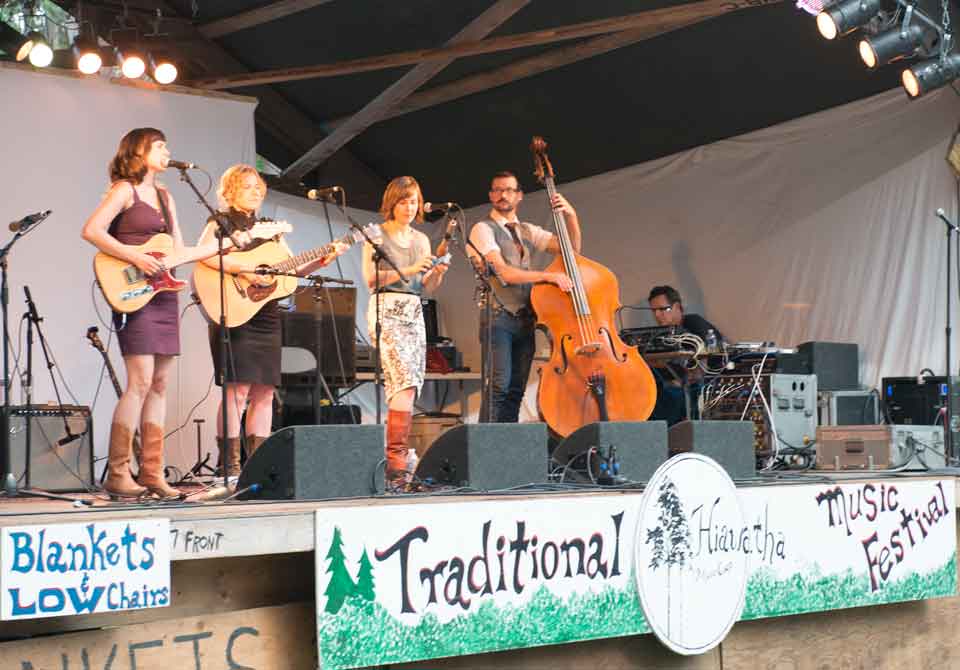
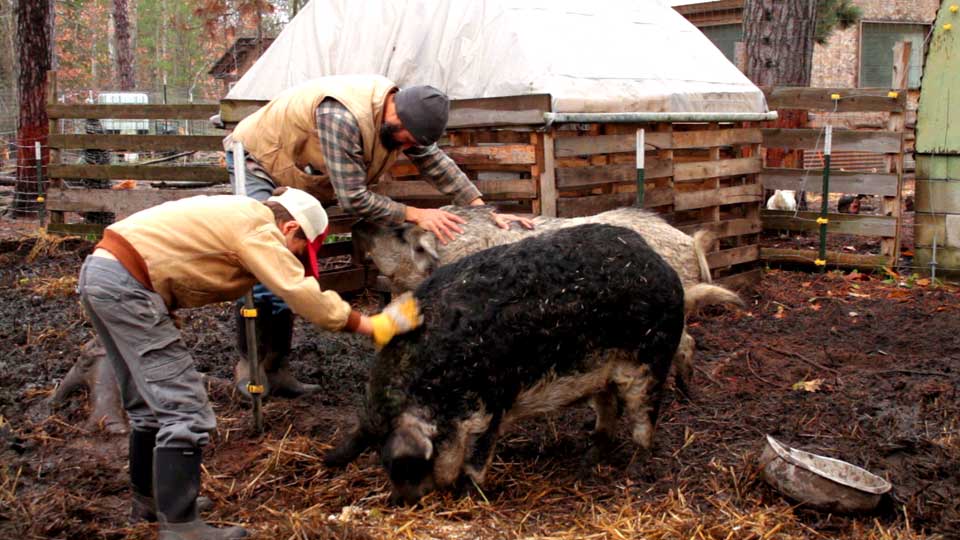

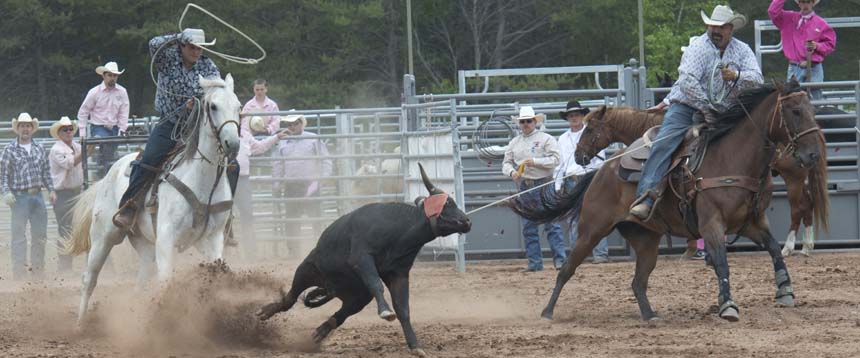
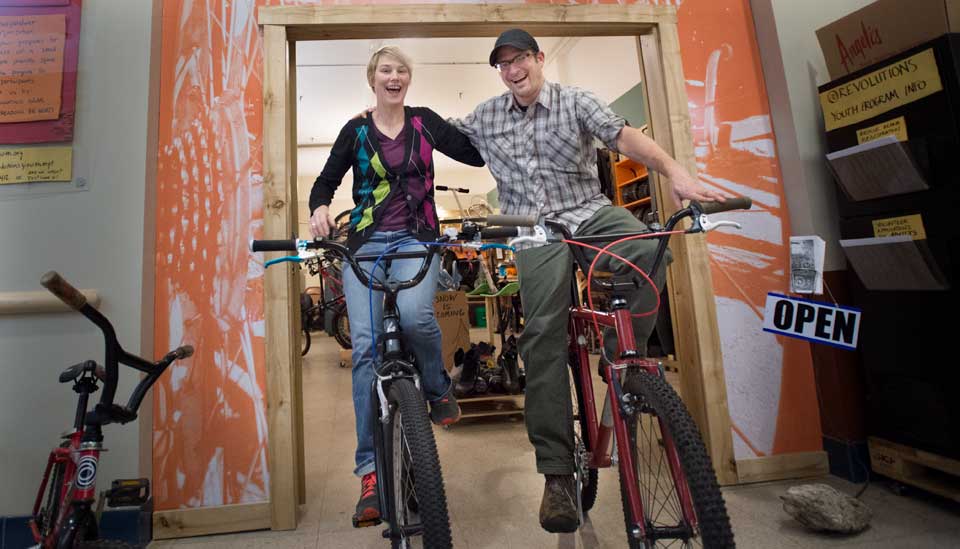
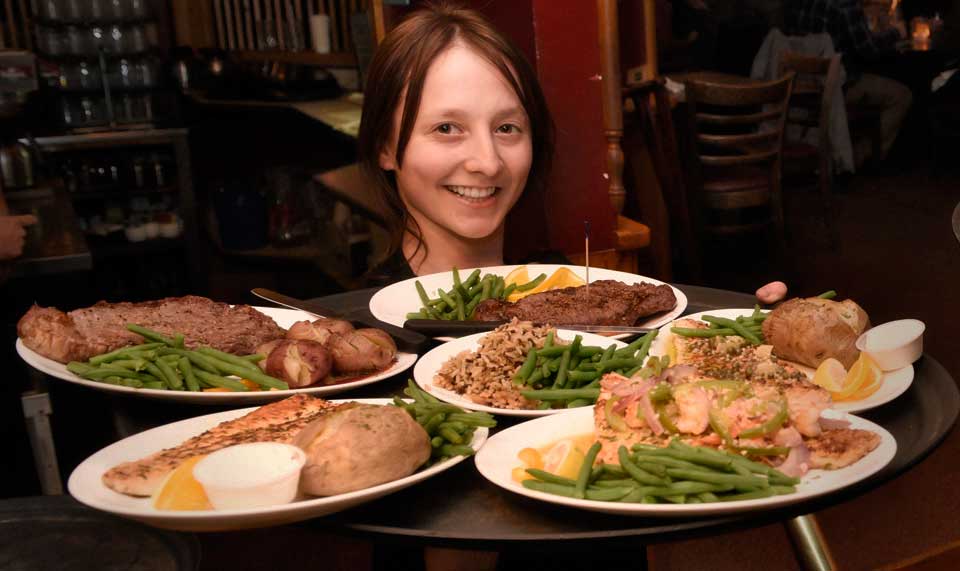
You must be logged in to post a comment Login